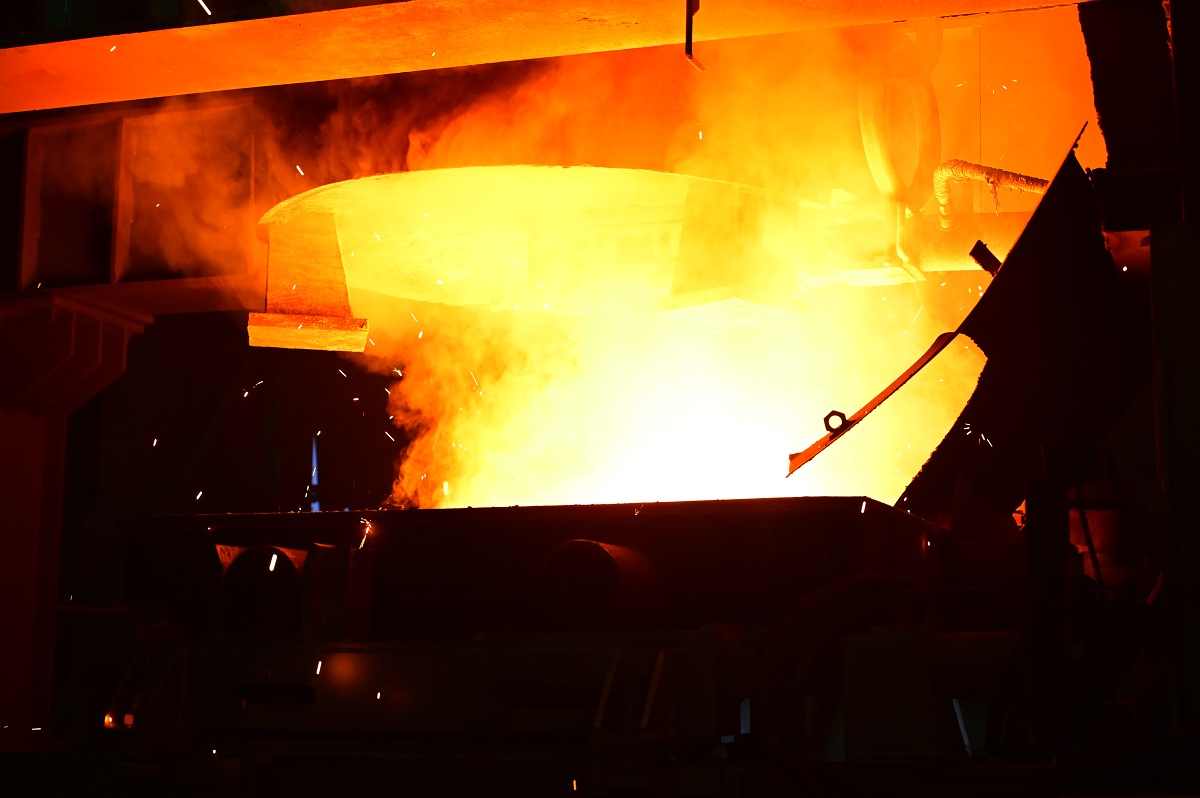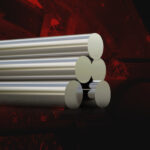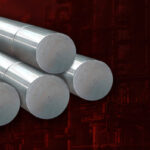On the off chance that you’ve done investigation into getting your item or part made, you’ve presumably experienced the terms Cast, Forged and Billet. It’s not generally simple to track down data about what every one of these metal/produce types mean or the advantages and negatives of each cycle. So, we will take you through the cycles engaged with each, the up-sides and negatives, and assist you with coming to an educated conclusion about your item’s assembling interaction.
First of all, the various terms cast, forged and billet and what they explicitly mean.
Cast

Cast metal will be metal that has been warmed up beyond its softening point and filled a shape, utilizing one of various strategies, for example, gravity or high-tension pass on projecting, to frame the state of your ideal item.
Forging

Forged metal is heated up until it is mouldable (not liquid) and constrained into the ideal shape. This is the very interaction that smithies and ironmongers initially used to make horseshoes, blades and protective layer. In any case, modern day strategies normally utilize high tension stepping, as opposed to a sledge and iron block.
Billet

Materials such as billet do not necessarily indicate the manufacturing process (or quality) of a final product. Metal billets are solid lengths (usually square or circular profiles) of material that have been continuously cast or hot rolled into shape. In CNC machining, billet material is frequently used.
Which Is Better For My Necessities?
Each type of creation has its advantages and negatives relying upon the requirements of the undertaking. These requirements could be spending plan, item size, producing amount, resilience’s or sort of finish.
Casting is staggeringly adaptable and the region that we spend significant time in. Casting can take for lower amounts with cycles, for example, sand Casting, or unimaginably high volumes with cycles, for example, high-pressure die castings. Casting is a ‘close net-shape’ framing strategy, so very little material is squandered, and very little post-handling is expected to frame the calculation of the part. The materials can be flexible, and a wide assortment of surface completions can be applied. Forging a section can bring about high strength, excellent units however require somewhat broad completing work to eliminate overabundance. Forging is likewise restricted to easier shapes, liberated from overhangs or such a large number of inward surfaces. Billet material, nonetheless, isn’t an assembling interaction, just a type of material (like ingot, chunk or round) and is frequently utilized for CNC machining items and creates top caliber, high precision parts without the requirement for costly tooling. This makes it remarkable for low amount or customized work that needn’t bother with to be efficiently manufactured.
For Any Product Related Queries
Contact Us Now
+91 9810 112 977




